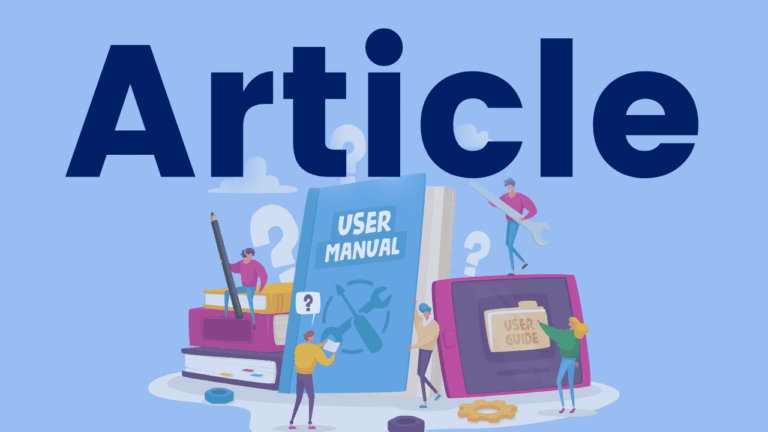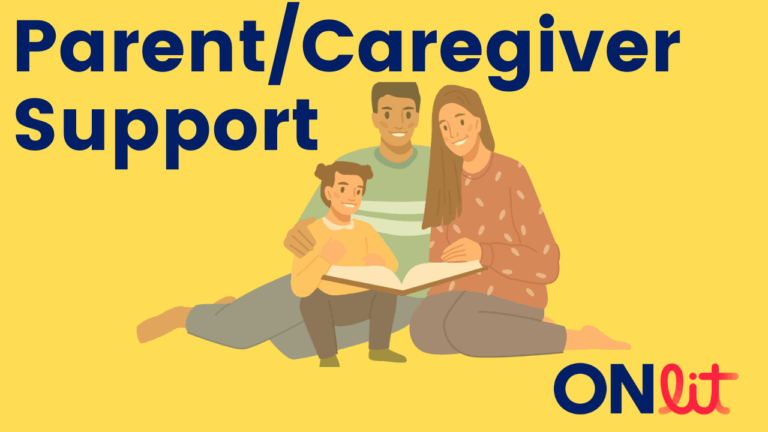Structured Literacy Approaches to Teaching Written Expression
This article highlights practical activities to support structured instruction of writing, including word-, sentence-, and paragraph-level techniques.

This article highlights practical activities to support structured instruction of writing, including word-, sentence-, and paragraph-level techniques.

Far too often, students who struggle with reading and language are given simplified, uninteresting texts. These texts are judged to be “at-the-students’ language or reading level” but deny students access to rich, interesting, age-appropriate text. This guidance document outlines some ideas for fostering conversations around “juicy sentences,” where students learn to deconstruct and reconstruct sentences,…

In the webinar, Margie Gillis and Nancy Eberhardt explored the effective use of syntax in teaching reading and writing. The webinar highlighted the role syntax plays in enhancing language and literacy. Gillis and Eberhardt highlight a “function-first” approach to teaching syntax, a key element of the Ontario Language curriculum. Specific instructional activities to teach syntax…

In this one-hour webinar, author and educator Joan Sedita explains the Writing Rope, a framework that integrates key elements of evidence-based writing instruction. The model includes critical thinking, syntax, text structure, writing craft, and transcription.

With a new curriculum, there are lots of new terms for both educators and families to navigate. This glossary contains high-level explanations for many terms used in the Language curriculum, with the goal of supporting partnerships with school and home.

The Syntax Project is an open-source collection of grammar and syntax lessons created by a group of Australian teachers. Melinda Hinch, SLP in Greater Essex County DSB, has adapted the slides to incorporate Canadian content and aligned them with the B3 Language Conventions Continuum. Note that this resource is a Google Drive folder set to…

This resource has been compiled by a group of Canadian language and literacy experts. It is organized into three primary segments. First, it highlights the essential information educators should possess about various research types, enabling them to stay well-informed and knowledgeable about the connection between language, reading, and writing instruction. The next section focuses on…

Students must need to understand the role and function of cohesive devices, or cohesive ties, to carry meaning across sentences in a text. Learn about cohesive devices like determiners, pronouns, conjunctions and adverbs.

Dr Timothy Shanahan discusses the features that make a text complex, including background knowledge, organization, and text cohesion.

In this International Dyslexia Association Perspectives article, Dr. Mary Schleppegrell has described three strategies educators can use to help students explore the language of complex texts. Educators can explicitly discuss the connections between the form and meaning of texts to help students read for deeper understanding.

In this International Dyslexia Association Perspectives article, Dr. Cheryl Scott and Dr. Catherine Balthazar, discuss the research about sentences as a unit of oral and written language. They discuss sentence complexity, how to identify students at risk for syntactic problems, and intervention practices to support these students.

Emphasis on sentence-level instruction is critical to bridge the word-to-text gap for reading and writing. The PaTTAN webinar focuses on the relationships between words, sentences, vocabulary, and reading comprehension. Explicit instruction can capitalize on and foster these relationships through purposeful selection of words, texts, and instructional activities. By utilizing effective instructional practices at the sentence level,…

Funding for ONlit.org is provided by the Ministry of Education. Please note that the views expressed in these resources are the views of ONlit and do not necessarily reflect those of the Ministry of Education.
© 2025 ONlit. All rights reserved.